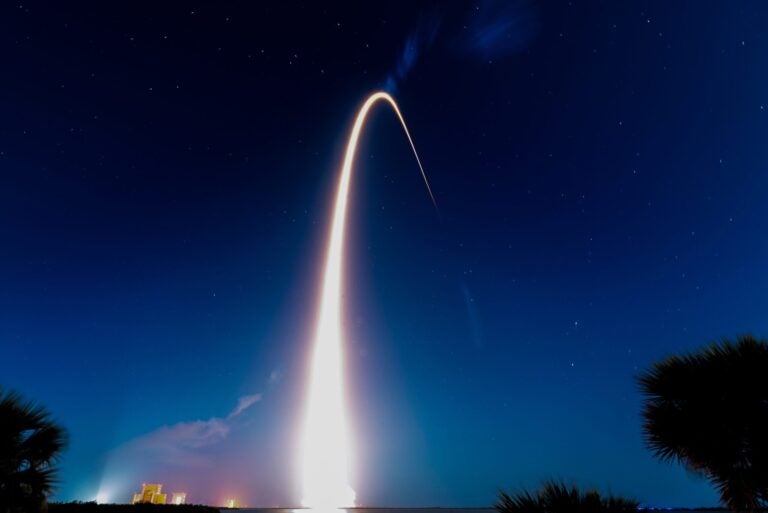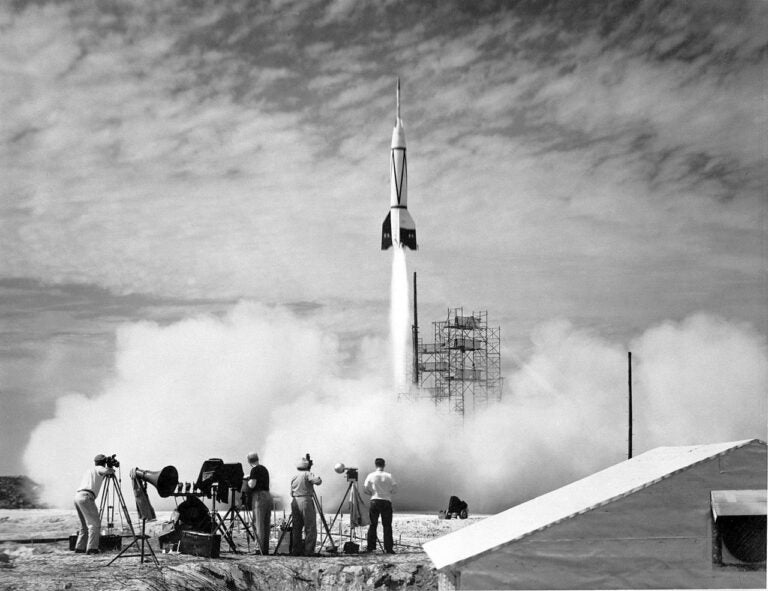According to preliminary results from NASA’s Twins study, Scott’s year in space also drastically increased his rate of DNA methylation, the process responsible for turning genes on and off. By regulating gene expression, methylation is believed to play a major role in the development in many diseases, ranging from cancer to cardiovascular disease.
“Some of the most exciting things that we’ve seen from looking at gene expression in space is that we really see an explosion, like fireworks taking off, as soon as the human body gets into space,” said Chris Mason, principal investigator of the Twins Study, in a press release. “With this study, we’ve seen thousands and thousands of genes change how they are turned on and turned off. This happens as soon as an astronaut gets into space, and some of the activity persists temporarily upon return to Earth.”
As part of the study, Scott spent a year in zero gravity working on the International Space Station. In the meantime, his brother Mark went about his daily life on Earth as an author, political activist, and aerospace consultant. Taking advantage of the Kellys’ identical genetics, the Twins Study monitored subtle genomic changes that were elicited by each brother’s environment — namely Earth and space — helping researchers investigate the long-term effects of extended spaceflights.
NASA
Over the last year, NASA has released a number of fascinating preliminary results from some of the 10 research projects that make up the Twins Study. For example, researchers in one study were surprised to find that Scott’s telomeres — the protective caps that shield the ends of DNA strands — were longer than Mark’s. And previous research has shown that longer telomeres are associated with fewer age-related problems.
“This study represents one of the most comprehensive views of human biology,” Mason said. “It really sets the bedrock for understanding molecular risks for space travel as well as ways to potentially protect and fix those genetic changes.”
Although Scott has now returned to his pre-spaceflight height, there is no doubt that drifting through space has caused many more unseen changes to his body. By studying Scott’s changes and comparing them to Mark’s, researchers hope to learn as much as possible about how long-duration spaceflights can affect the human body — a necessary step for a manned mission to Mars.
NASA is expected to publish final results for the Twins Study in 2018.










